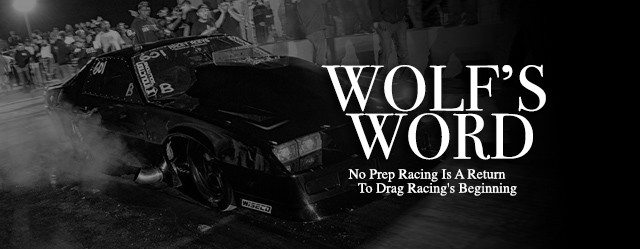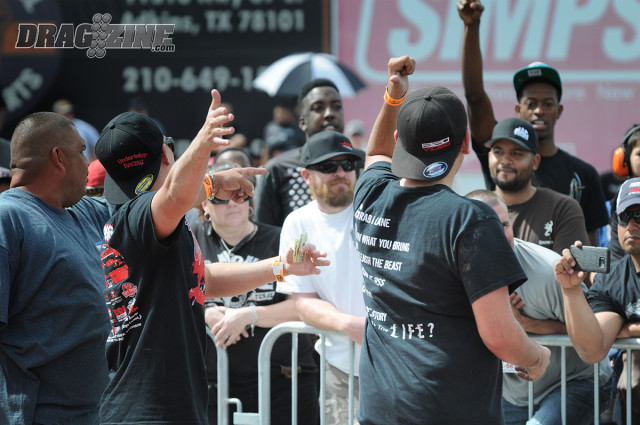Growing up and living in the bracket-racing-rich state of Indiana, where street racing is relatively uncommon and grudge racing even less so, there isn’t a whole lot of exposure to these unique, controversial, often ‘underground’ forms of racing. Sure, street racing happens, and I’ll admit I’ve willingly been there to witness it, but it certainly doesn’t exist on the scale of the street scene in Oklahoma, Texas, Louisiana, Illinois, and other hotbeds of illegal street racing and high-stakes track grudge racing.
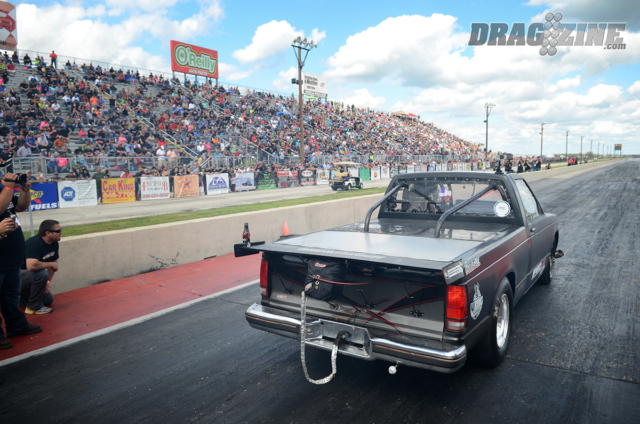 For those that live in such areas, street racing and grudge matches for cash are simply a part of the local car culture. And while the very premise between street and grudge racing and legitimate, sanctioned drag racing is similar, and it represents an entirely different world — a world that maybe, just maybe, is displaying the very essence of drag racing better than mainstream drag racing is.
For those that live in such areas, street racing and grudge matches for cash are simply a part of the local car culture. And while the very premise between street and grudge racing and legitimate, sanctioned drag racing is similar, and it represents an entirely different world — a world that maybe, just maybe, is displaying the very essence of drag racing better than mainstream drag racing is.
What we — and by we, I mean those of us who are involved in traditional sanctioned drag racing at the track — have forgotten through the decades is that, at its very core, drag racing isn’t about championships, it isn’t about accumulating points for a playoff-style elimination, and it isn’t about obtaining corporate sponsorship and being politically correct on camera. What it is, is two individuals, two cars, toeing the line and racing for money, bragging rights, or both.
It’s often said that drag racing came to be when the second car was built, and that’s a fairly accurate statement to illustrate not only the competitive nature of car guys and gals, but also points out how very simplistic drag racing can be. The earliest of automobile owners didn’t have closed courses at all, and drag racers in the 1950s didn’t have purpose-built race tracks with sticky, groomed racing surfaces to compete on. And, in truth, we don’t need it today, either.
…there’s a lot of the golden era of drag racing evident in what’s happening at tracks in Texas and elsewhere, right in front of our very eyes.
No prep racing, despite all of its gains in popularity, thanks in large part to the involvement of many of the Street Outlaws personalities, remains a bit of a taboo subject for many who see it as nothing more than a prime place to crash perfectly good race cars. But, on the other hand, what it has done is legitimize street racing, and helped to propel a movement that, in a lot of ways, symbolizes not only the past, but everything that makes drag racing great. When you see one of these events in person, as this cornfed Hoosier recently had the opportunity to, it’ll hit you like a ton of bricks.
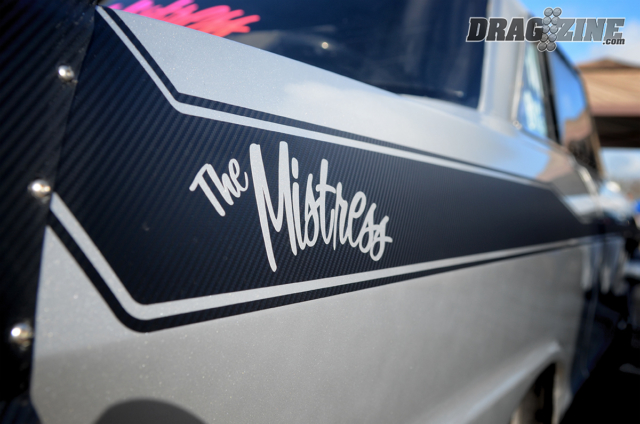 You see, there’s a lot of the Golden Era of drag racing evident in what’s happening at tracks in Texas and elsewhere, right in front of our very eyes.
You see, there’s a lot of the Golden Era of drag racing evident in what’s happening at tracks in Texas and elsewhere, right in front of our very eyes.
Almost every car has a name, and many of the drivers are referred to, and known only by a nickname. What’s their real name? … only their inner circle and birth certificate knows.
Fans will overflow the gates simply because they’ve heard names like “Birdman” and “The Shocker” are going to be there. Said racers sell t-shirts by the hundreds out of the back of their trailers, sign autographs, and talk cars with anyone that wants to. They’re celebrities and average car guys all at the same time.
The lesser-known racers are there because, well, the only way to be the man is to beat the man. And in this segment of the sport — a segment born in the Street Outlaws “Top 10 List” era — there’s always a man, and plenty of interested suitors willing to trek across the country to take them down … just like Don Garlits and so many others did half a century ago. Unlike mainstream drag racing, wars aren’t settled over the course of 24 races … no sir, it’s handled right there, on the spot, with one pass. Either rise to the occasion, or don’t.
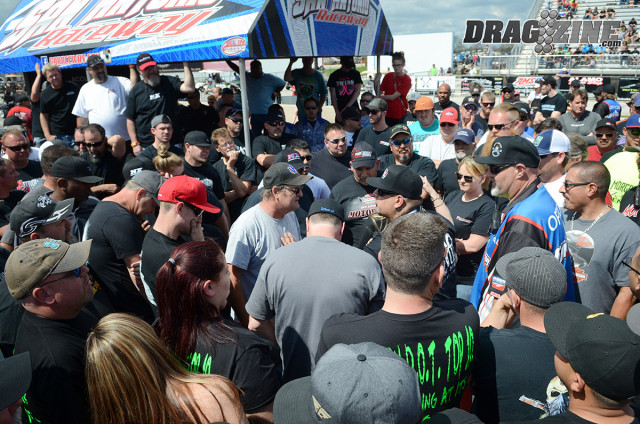 The on-track action, likewise, is chocked full of unpredictable outcomes and, while not the same spectacles as the “no prep racing” of the ’50s, when fuel cars famously blazed the hides for 1,320 feet, it’s every bit as exciting, with sideways, wheel standing, wall-slapping, steering wheel-sawing affairs that bring the crowd to their feet. It’s masculine, it’s daring, and the drivers have no choice but to be fearless.
The on-track action, likewise, is chocked full of unpredictable outcomes and, while not the same spectacles as the “no prep racing” of the ’50s, when fuel cars famously blazed the hides for 1,320 feet, it’s every bit as exciting, with sideways, wheel standing, wall-slapping, steering wheel-sawing affairs that bring the crowd to their feet. It’s masculine, it’s daring, and the drivers have no choice but to be fearless.
Just feet away are flocks of spectators and team entourages betting their paychecks on races, talking trash, and fueling much-needed rivalries.
If you ask me, it has all the makings of a redux of the early days of drag racing, when the cars were real, the racers were blue-collar Joes, and they barnstormed across the country match racing, chasing the biggest prizes, and attempting to topple the biggest names.
In a way, one could argue that the future of our sport is simply a return to its beginning.
In a way, one could argue that the future of our sport is simply a return to its beginning. There’s no good explanation for it, but it’s being increasingly proven that gearheads are longing for drag racing in its most simplest form, void of big business, politics, and rules (and a little bit of macho-ness), and given the fact that no prep racing has done what so many have fought for — for street racers to take it to the track — there is no other movement in our sport that we should be embracing more.



